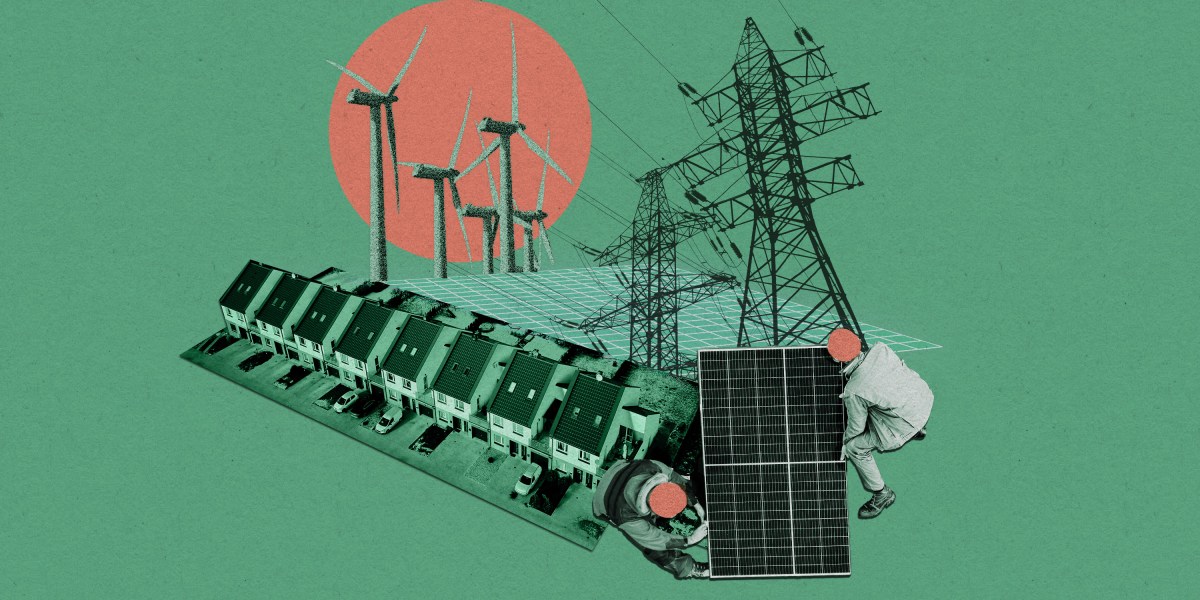
Currently, Qiu’s team is developing a model to forecast power outages by incorporating factors like weather, geography, and even income levels of different neighborhoods. With this data, the model can highlight patterns such as the likelihood of longer and more frequent power outages in low-income areas with poor infrastructure. Better predictions can help prevent outages, expedite disaster response, and minimize suffering when such problems do happen.
2. Tailored approach for every home
AI integration efforts are not limited to research labs. Lunar Energy, a battery and grid-technology startup, uses AI software to help its customers optimize their energy usage and save money.
“You have this web of millions of devices, and you have to create a system that can take in all the data and make the right decision not only for each individual customer but also for the grid,” says Sam Wevers, Lunar Energy’s head of software. “That’s where the power of AI and machine learning comes in.”
Lunar Energy’s Gridshare software gathers data from tens of thousands of homes, collecting information on energy used to charge electric vehicles, run dishwashers and air conditioners, and more. Combined with weather data, this information feeds a model that creates personalized predictions of individual homes’ energy needs.
As an example, Wevers describes a scenario where two homes on a street have identically sized solar panels but one home has a tall backyard tree that creates afternoon shade, so its panels generate slightly less energy. This kind of detail would be impossible for any utility company to manually keep track of on a household level, but AI enables these kinds of calculations to be made automatically on a vast scale.
Services like Gridshare are mainly designed to help individual customers save money and energy. But in the aggregate, it also provides utility companies with clearer behavioral patterns that help them improve energy planning. Capturing such nuances is vital for grid responsiveness.
3. Making EVs work with the grid
While critical for the clean-energy transition, electric vehicles pose a real challenge for the grid.
John Taggart, cofounder and CTO of WeaveGrid, says EV adoption adds significant energy demand. “The last time they [utility companies] had to handle this kind of growth was when air conditioners first took off,” he says.
